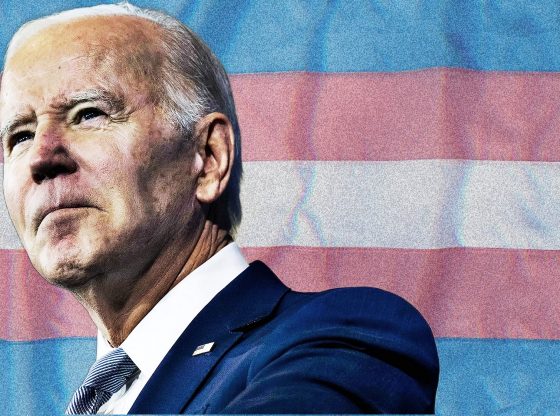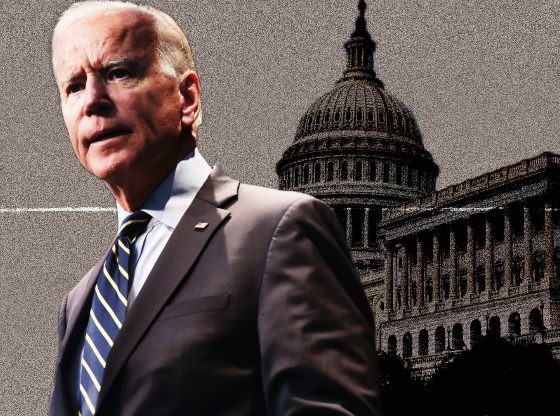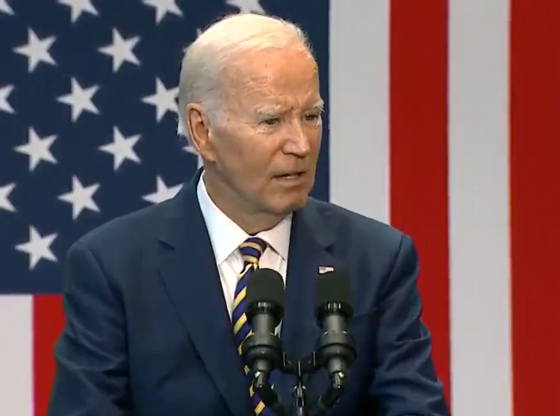New national employment numbers for June show not just slowing job growth, but a potential recession on the horizon, economists say.
The Bureau of Labor Statistics reports the U.S. economy added just 209,000 jobs in June 2023, fewer than expected after the slow re-opening of businesses closed by the COVID-19 pandemic.
Economists report it’s not just a sign that economy recovery is tailing off, but the economy may actually begin to shrink as consumers cut back spending under pressure from inflation.
“The Labor Department’s unemployment report signals a slowing of the jobs economy in June. The most troubling number was the significant increase in people reporting that they had become part-time employees due to slowing or slack economic conditions,” Americans for Limited Government President Rick Manning said in a statement.
“Employers moving their workers to part-time status is the typical cost-cutting path that businesses are forced to pursue as the economy slows,” Manning added.
“It is fair to say that predicting recession off of this one report is unreasonable, but it is important to note alarm bells that go off when reading beyond the top-line unemployment rate numbers,” Manning concluded.
“The U.S. economy added only 209,000 in June, below forecasts, as rising inflation forced some employers to cut back on hiring. Those same employers are still undermanned, however, and fighting to keep the workers they have,” the Competitive Enterprise Institute’s Sean Higgins said in a statement.
“Average hourly earnings rose by 12 cents in the last month, showing that employers value their workers. At the same time, the number of people working part time for economic reasons rose by 452,000 to 4.2 million. Employers are feeling the impact of consumers cutting back in the face of inflation and are reacting by cutting back on hours rather than letting workers go. Employers are afraid that they won’t get the workers back,” Higgins added.
“June provided more reasons to be concerned about the labor market. New jobs came in at 209,000, well below the 2023 average of 278,000. The number of new jobs created in April and May were also revised down by a total of 110,000 jobs, which means the downward trend has been going on for months,” said CEI’s Joshua Bandoch.
“Job openings decreased by nearly half a million in May. All this as new graduates look to enter the workforce, and students seek summer work. The labor force participation rate remains at a historically low 62.6 percent. This all adds up to a potentially stormy job market later in 2023 or 2024. With inflation sticking around, the Fed has some tough decisions this summer,” Bandoch concluded.
















U mean Depression 2